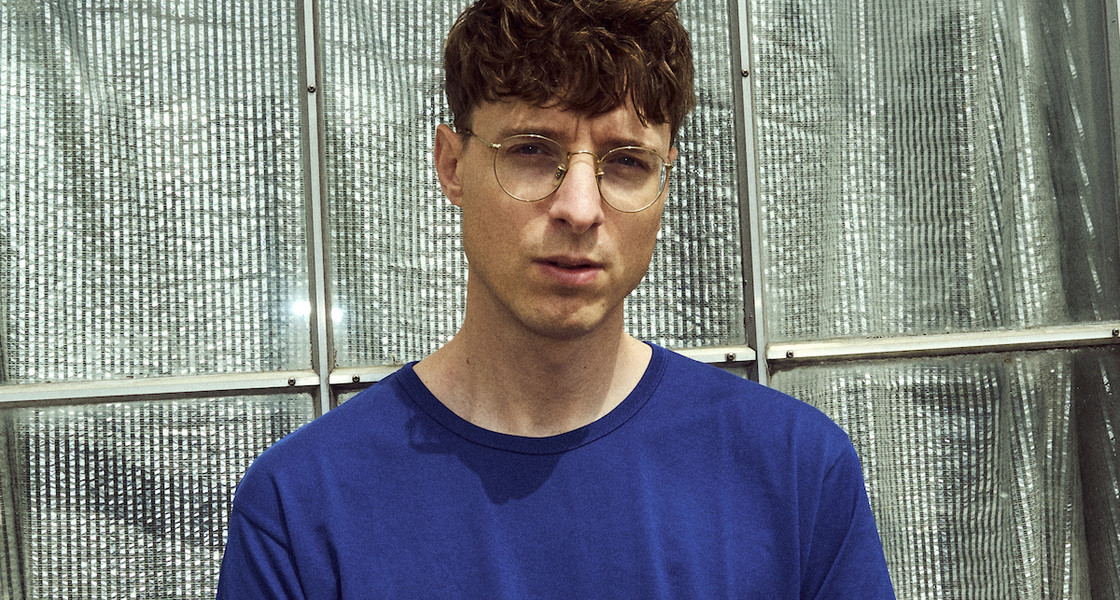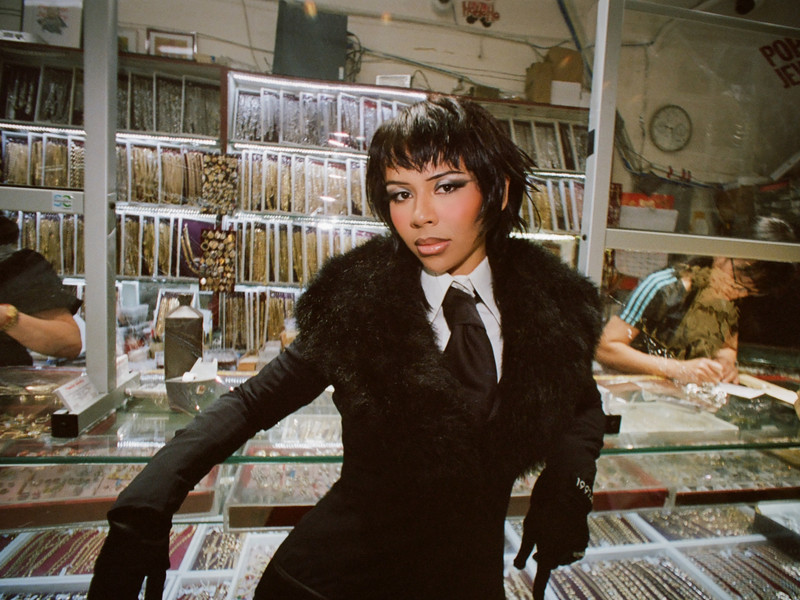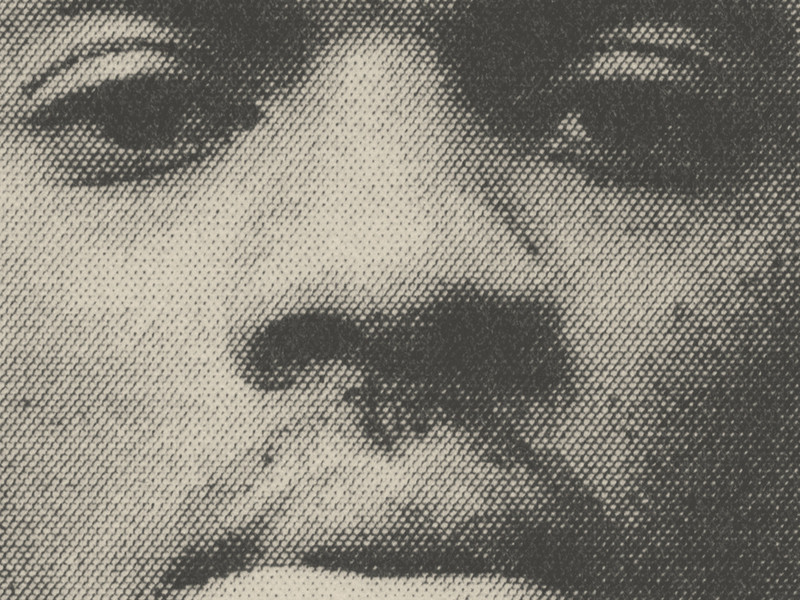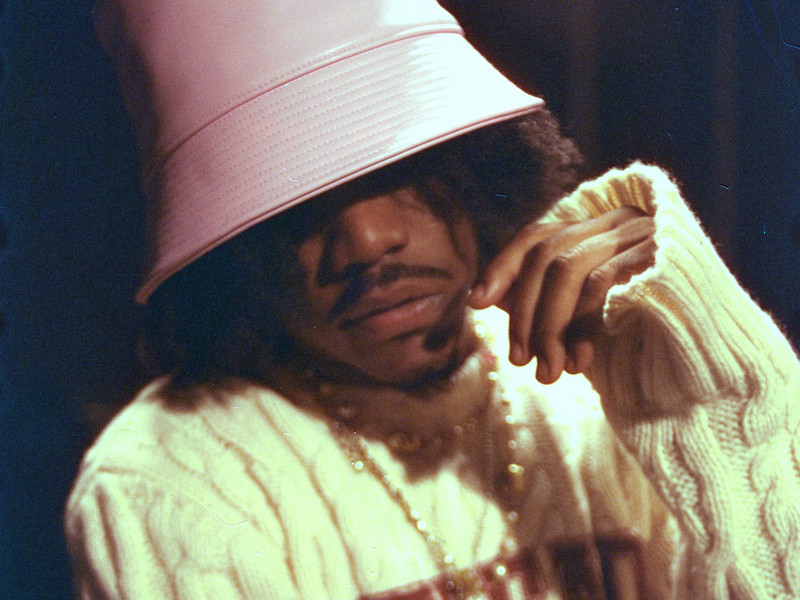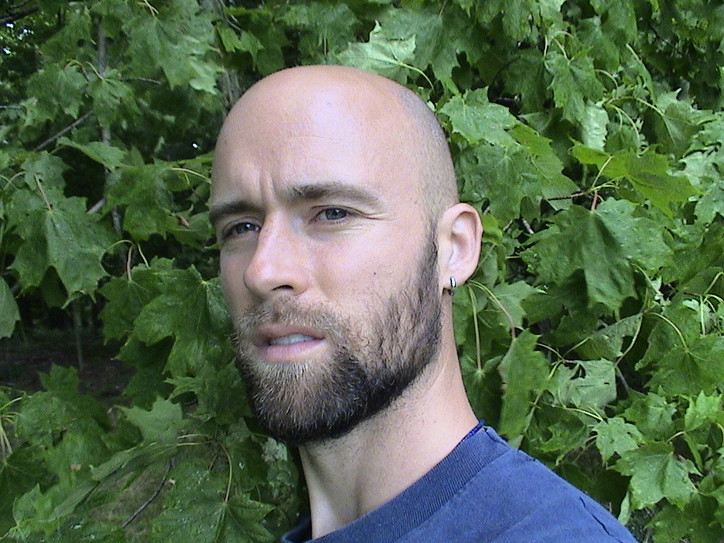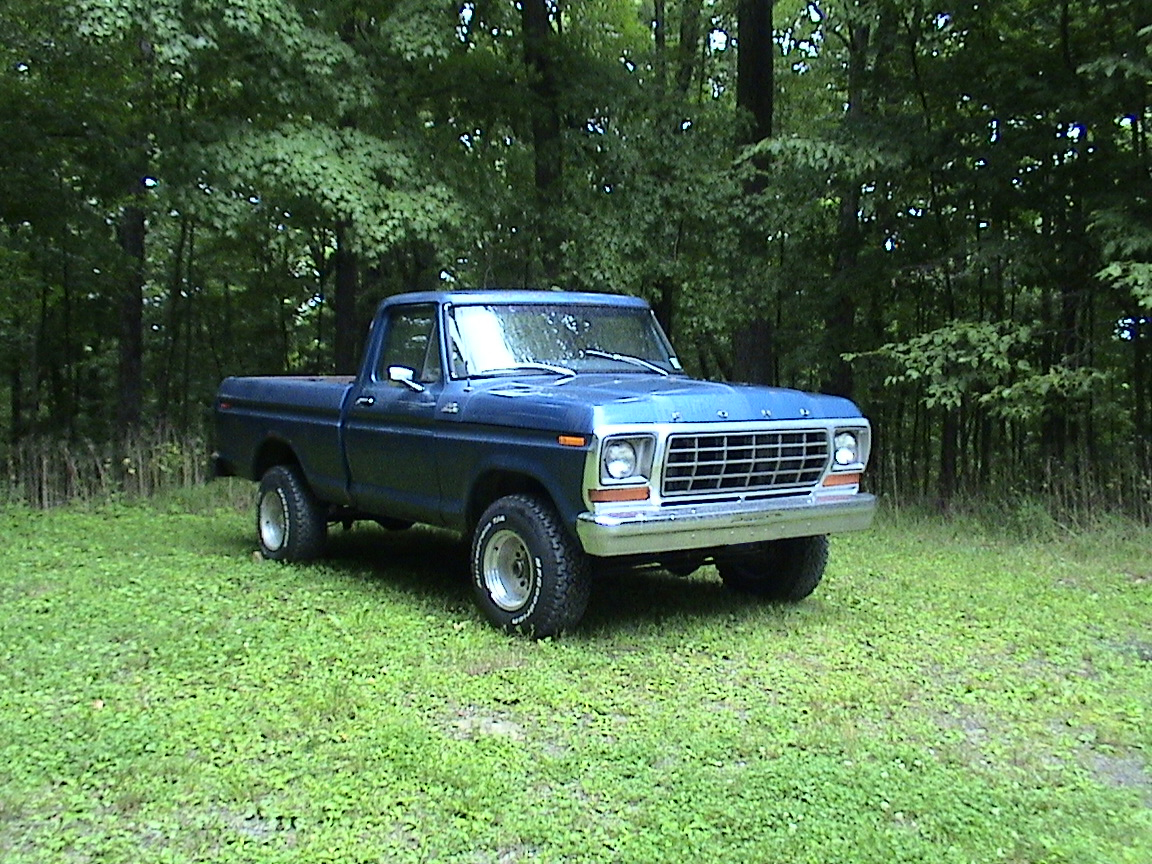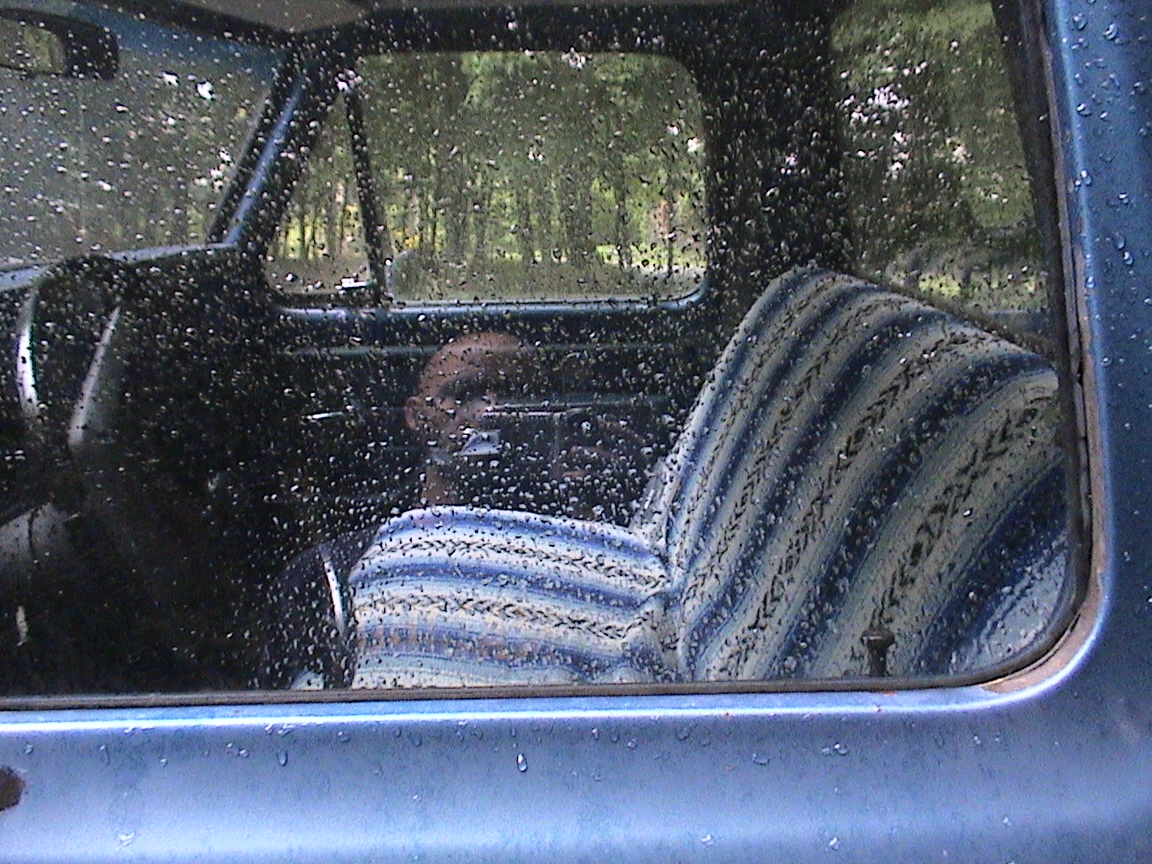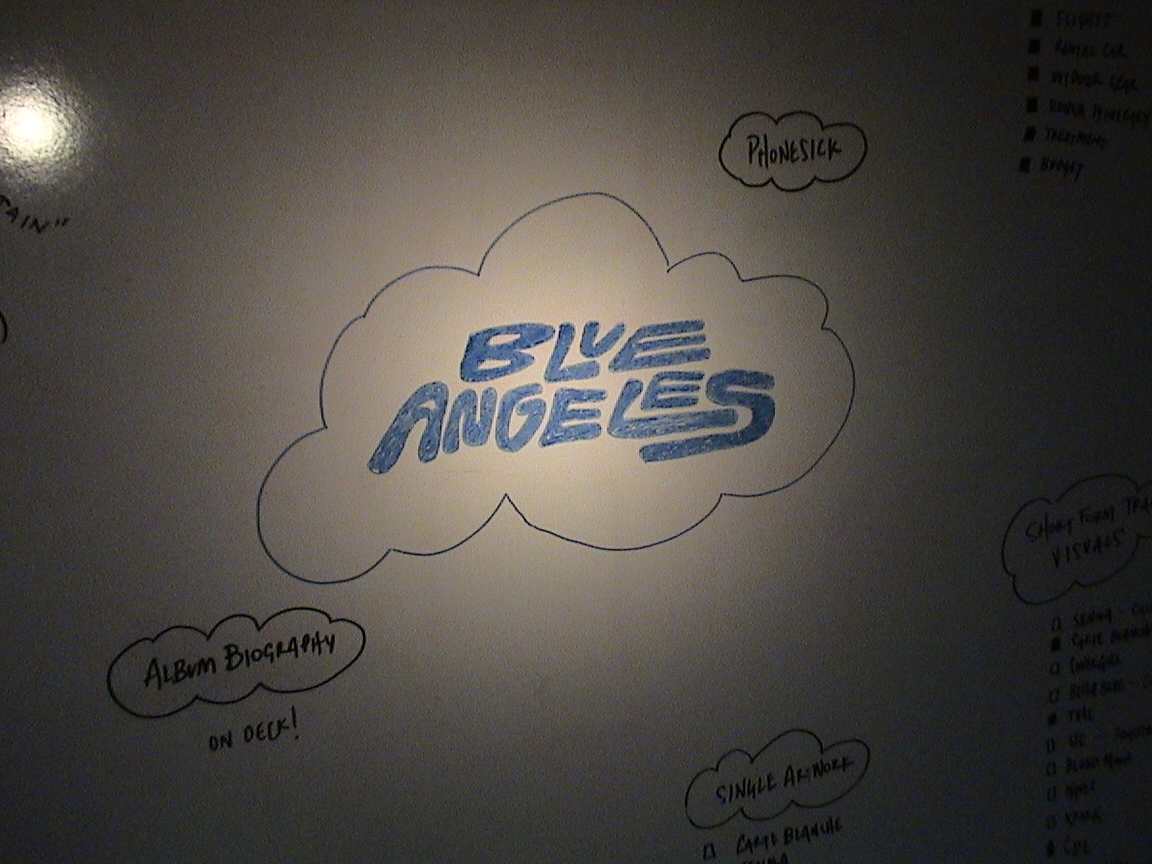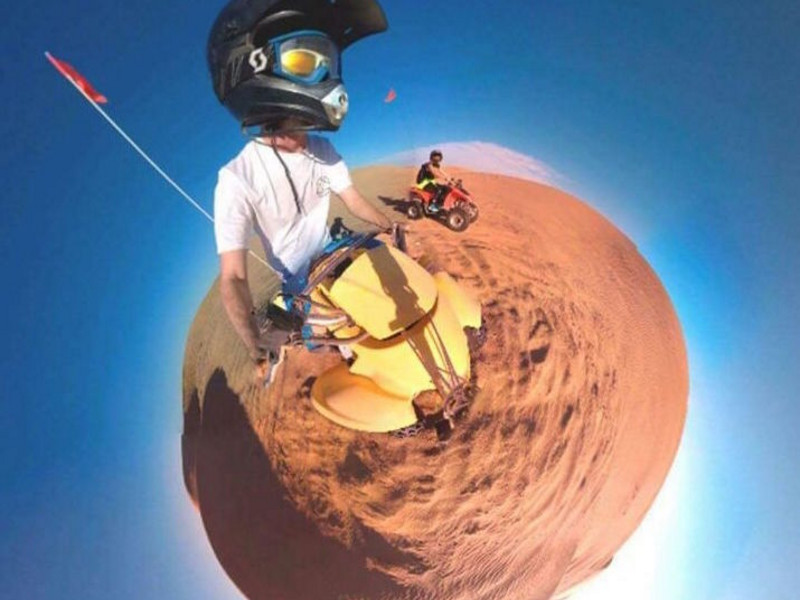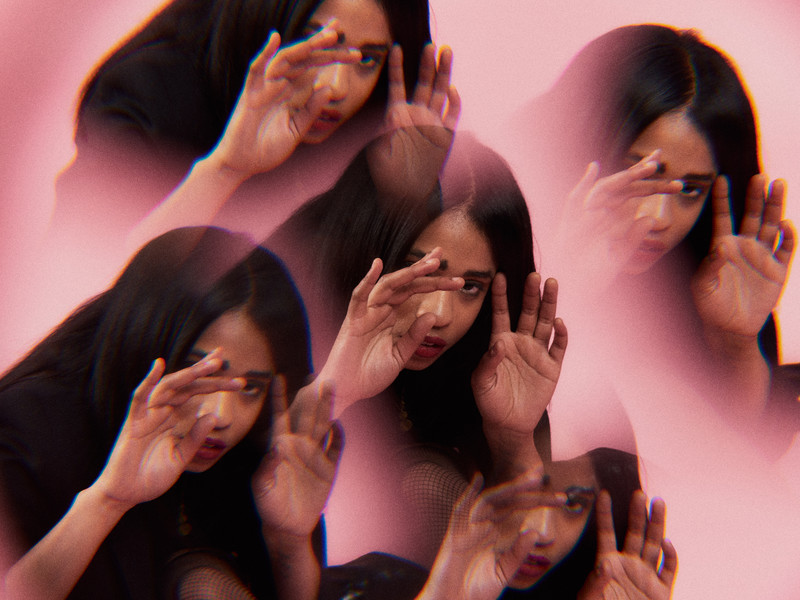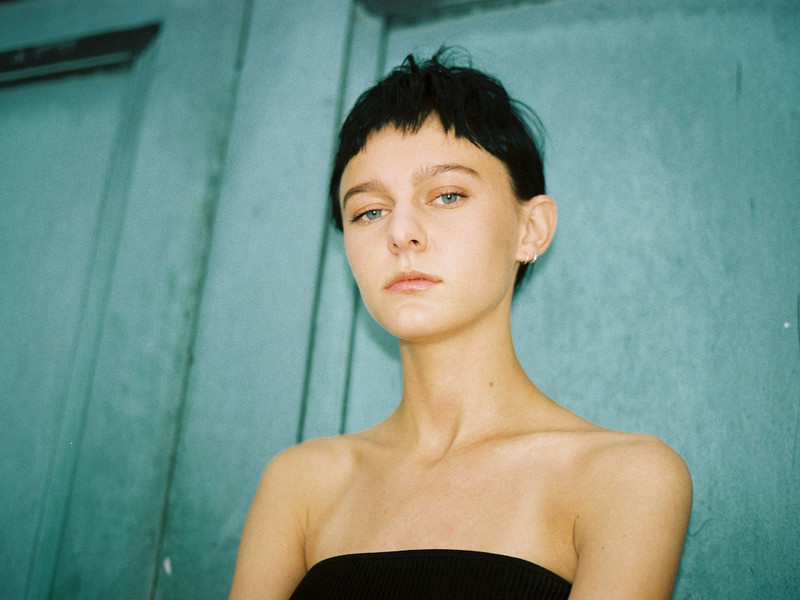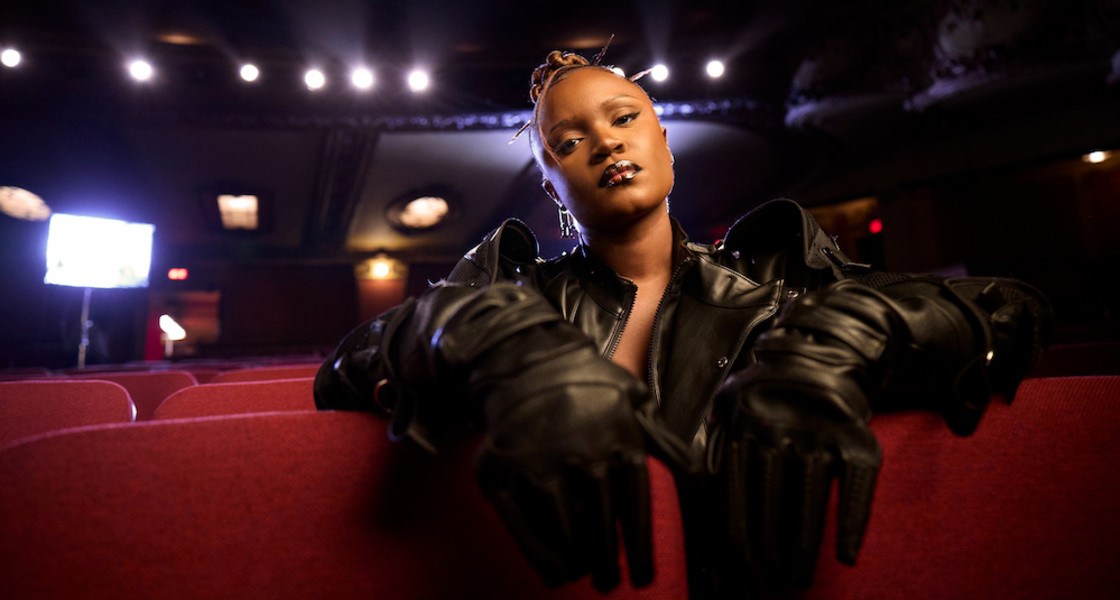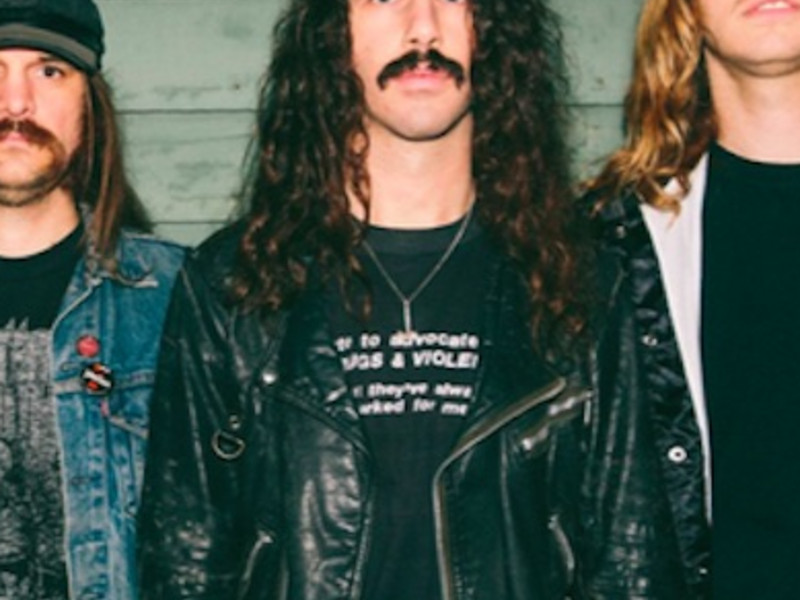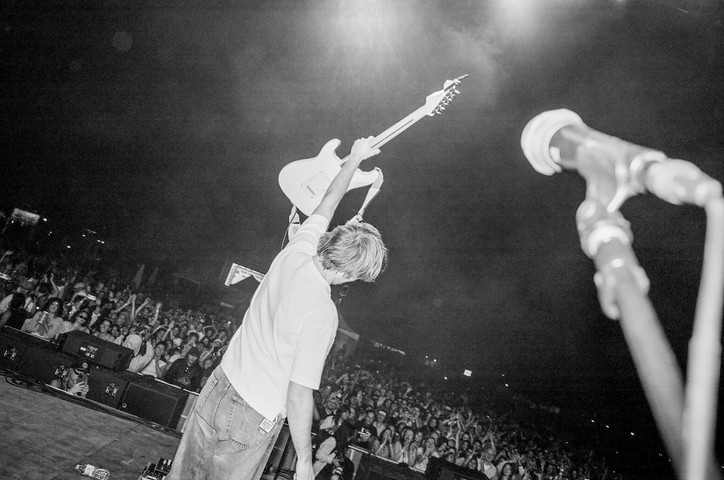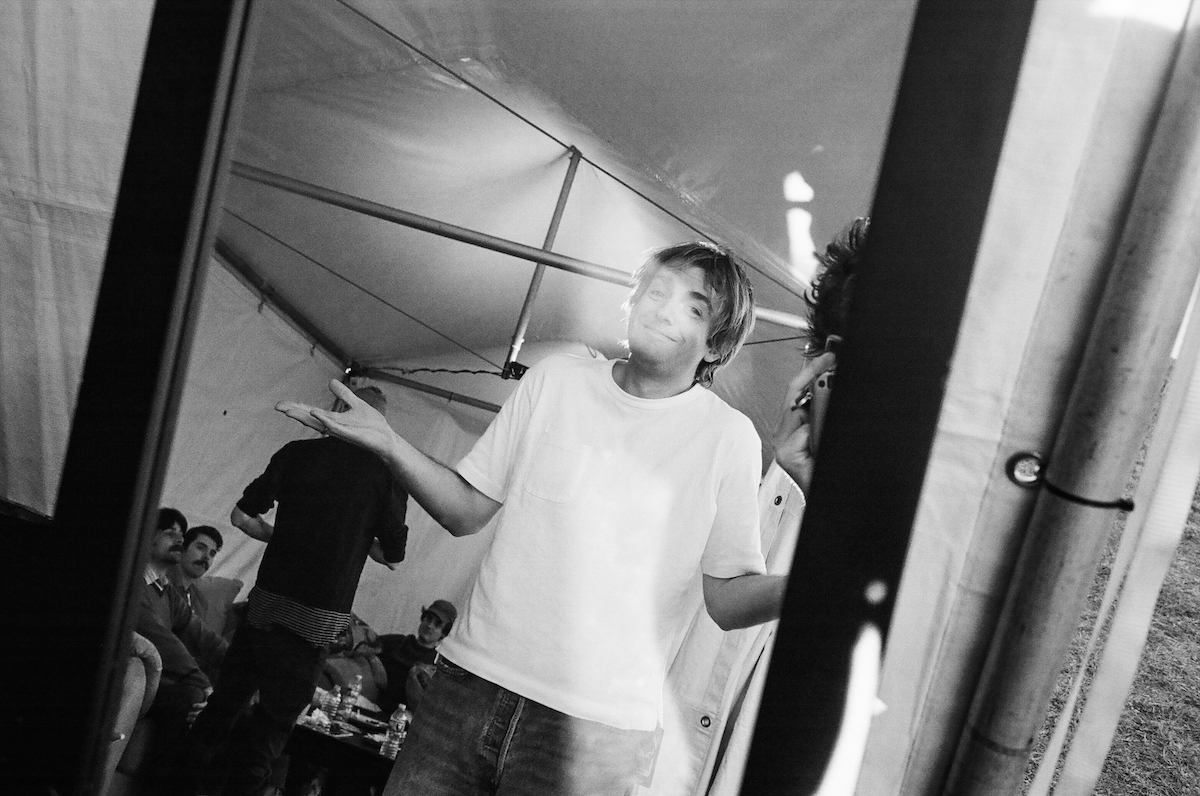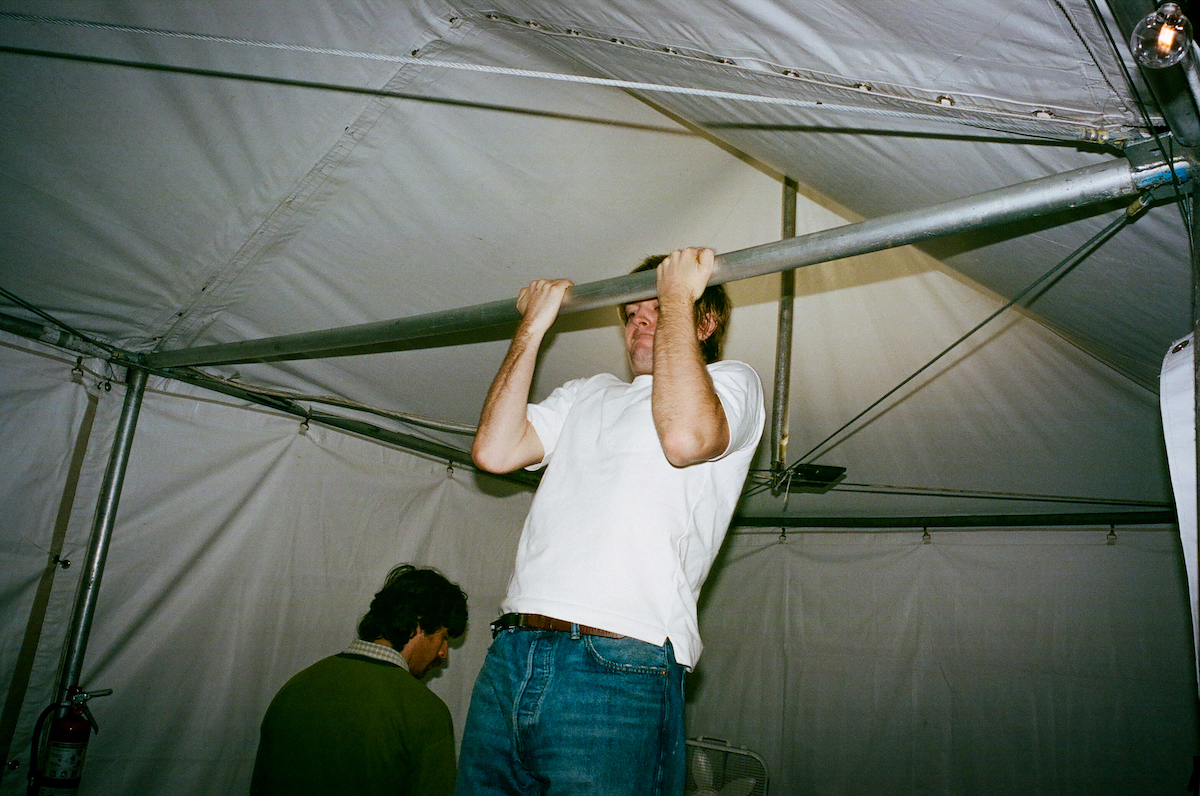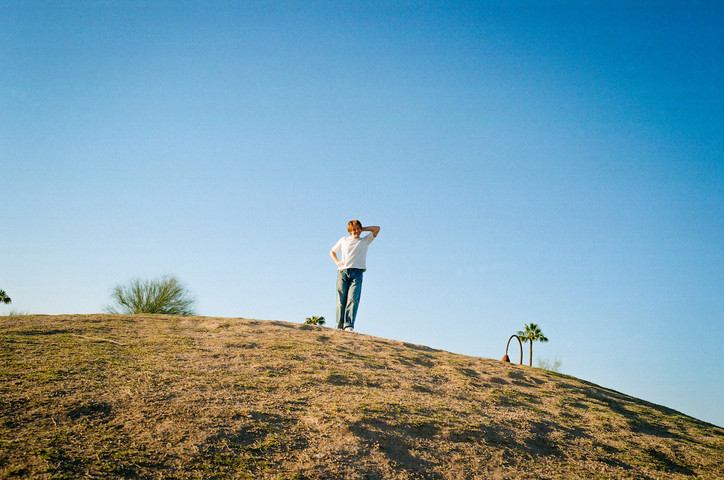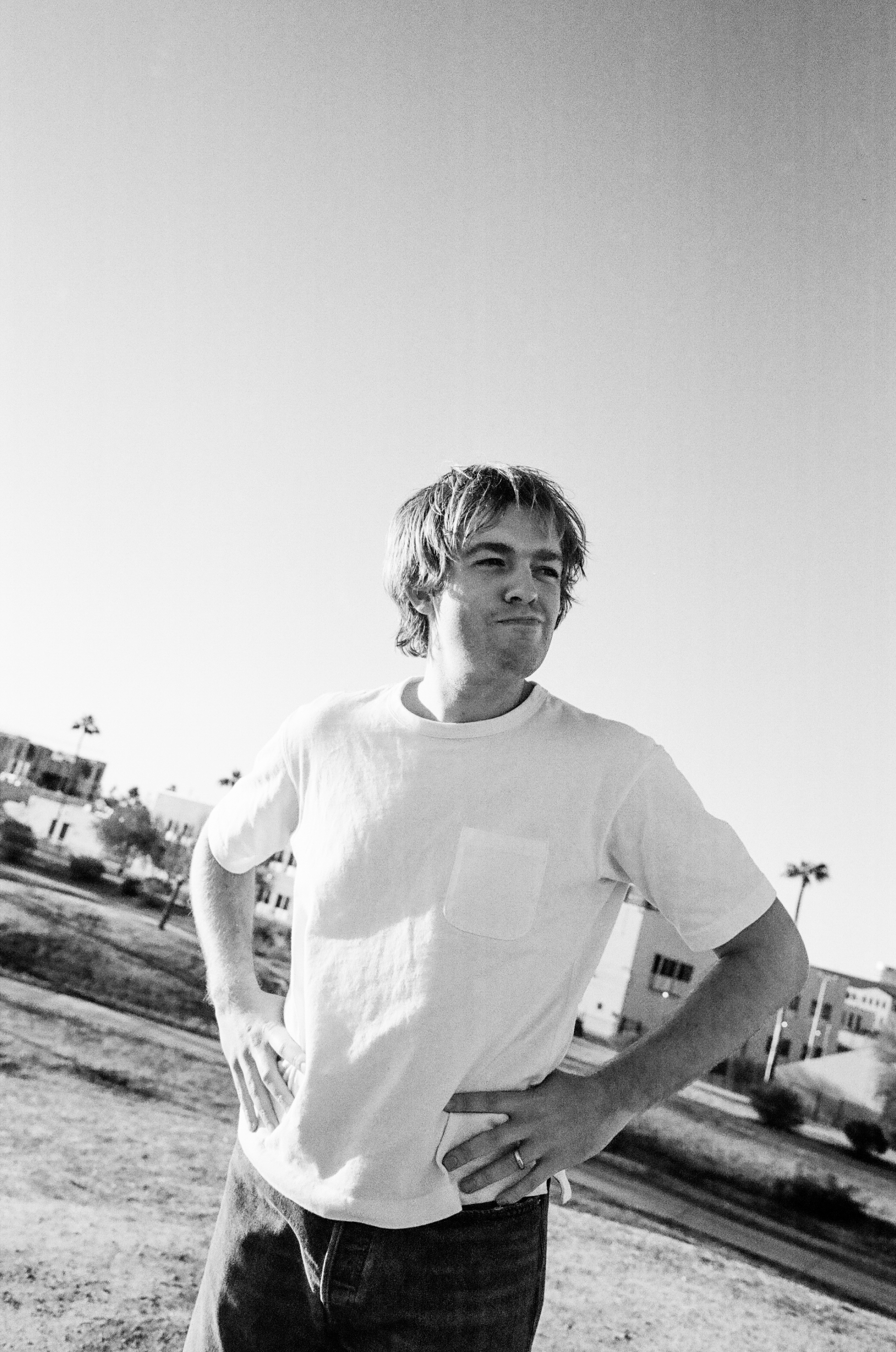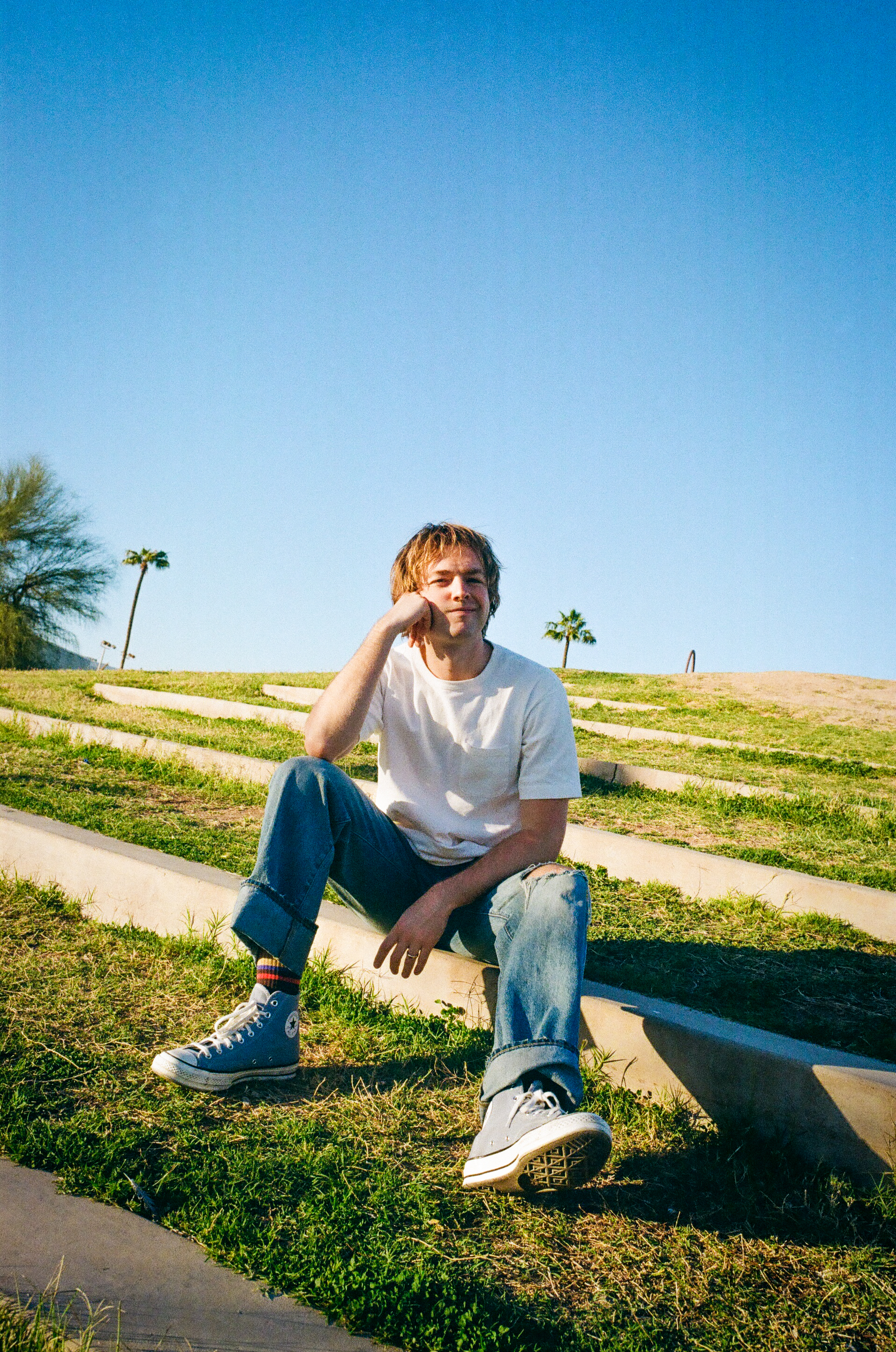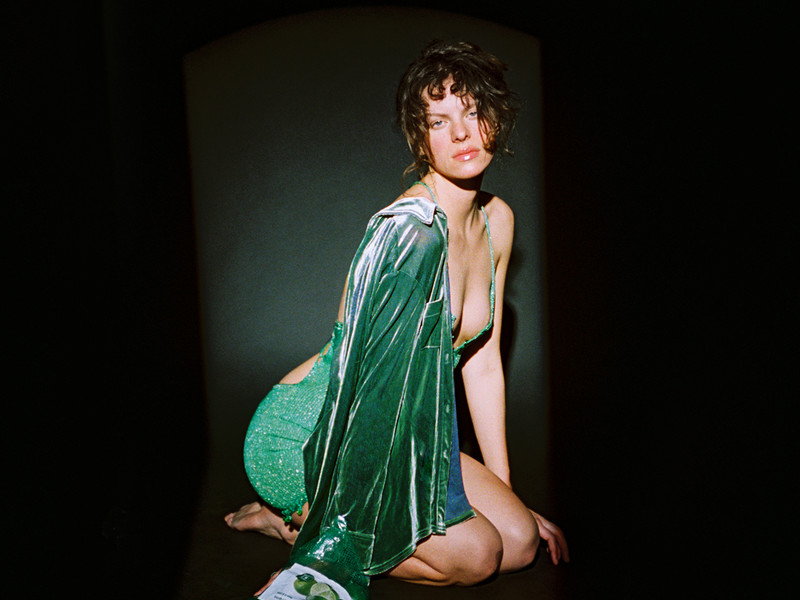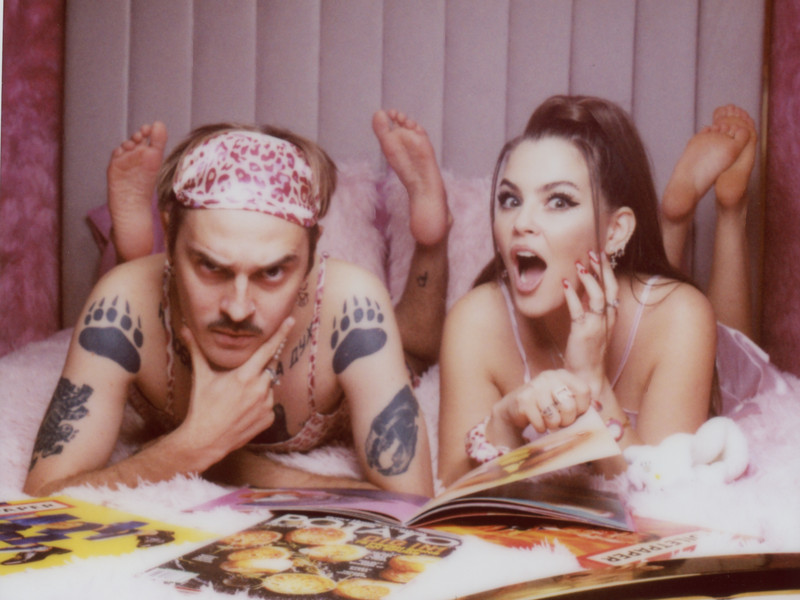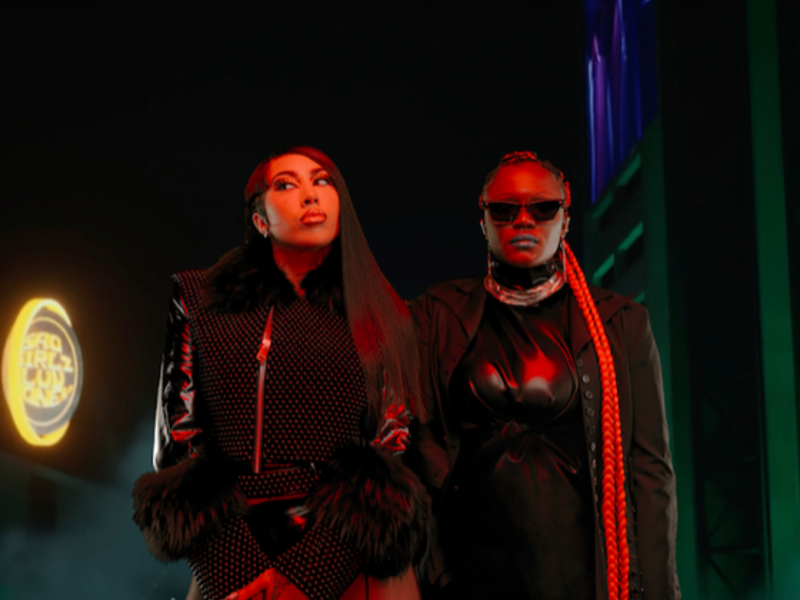Kasper Bjorke's Comeback
When did you first start making music?
Back in 1998. I started fiddling around with an old Akai sampler and an Atari gaming computer with the music making software Cubase, together with a friend of mine. We were mainly sampling old disco records and making these loopy jams, very inspired by Masters at Work and Daft Punk. Quite quickly we got signed, and in 2000, we started DJing and touring full time. After we stopped working together around 2005, I started producing my own solo albums and touring alone. My first album was released in 2007. Five mainly club music based solo albums later, I am now releasing The Fifty Eleven Project on Kompakt which is something completely different than I have ever worked on before in almost every aspect.
How would you describe the personality of The Fifty Eleven Project?
The Fifty Eleven Project, which is named after the department at the hospital I was frequently going for consultations and test results, is first of all, a deeply personal story told over two hours of instrumental ambient music as the narrative—describing the anxiety, fear and other dark feelings I experienced after I was diagnosed with cancer in November 2011, quickly operated on, and in the following five years of regular hospital check ups. Luckily, I didn’t have to have any chemotherapy or radiation treatment, so in that sense I was very lucky. At the same time, I had a very hard time shaking the fear of relapse and that evolved into full blown anxiety attacks, which to me, in some ways, was an even more scary experience than the actual cancer.
The second half of the album, however, is brighter and reflects on the light and love I felt in my life when I became a father, and also the gratitude of being healed from my illness. So, it goes from the darkest moment to the brightest, in that sense. I lost friends and family to cancer in the same period and somehow a cancer diagnosis is a club, that once you have become a member, you can never really leave—even after you have been given the all clear. Somehow it's still always with you.
What was your writing process like?
I asked my Danish friend and great musician Claus Norreen if he would like to work with me on the project, and some ideas I had for these ambient moods. We recorded it in his studio since it's just amazing and full of old vintage analog synthesizers. We set it up in a way so that we could record all these long live sessions into the computer and never use the computer for anything else than a recording device.
Then I brought back these takes to my own studio, and started arranging and editing and mixing them. After that, I asked my friend Jakob Littauer, or Jangze, to play piano parts that I wanted to be very Steve Reich-inspired on some of the compositions, to create movement and rhythm, and others, I just wanted subtle chords to support the synthesizers. The arpeggios and the pianos create the rhythm on the album—there's not a single drum hit. The last part of the process was having my Italian friend and string composer Davide Rossi play the cello, violin and viola on top of these recordings. That made a huge impact on the sound and opened it up completely. So, despite this being a very personal story, that I shared with these musicians during the recordings, I wanted to credit the project as the efforts of a quartet—it's something we made together and I could never have created on my own.
How did making this music get you through your diagnosis and recovery?
I started recording the album right after my last check up in October 2016. I wanted that final all clear from the hospital before I could start a new chapter of my life—and in the studio. But I was already recording the album in my mind during those five years when I was going to regular CT scans and check ups. I had the album all planned out basically. Once I started recording, it was a very smooth and healing process—I somehow started to let go of a lot of that fear and anxiety that had been building up over the past five years. So, in that sense, it was also very therapeutic to create this project.
Each song is accompanied with an art film, why did you decide to do this? Why with Justin Tyler Close?
It started as an idea where I wanted to have one sort of half documentary / half music video for just one of the compositions on the album that would then go online and help explain what this project is all about. I asked Justin because I really love his poetic approach to making videos and his visual aesthetics. Justin had an almost spiritual experience listening to the music out near Joshua Tree, and then the ambition to make something bigger came to life. We wanted to make 11 art films for each of the 11 compositions on the album, meaning actually shooting a 2-hour long art film in 11 chapters, that we then wanted to show on 11 screens with headphones, giving the audience a unique audio visual experience. Then, we wanted have this exhibition travel around the world. So, after I managed to get support from Prxjects.com—a Danish cultural laboratory that support local acts in developing exciting projects, we could begin planning the whole thing, and Justin ended up shooting here in Denmark for 10 days, 12-16 hours a day, non-stop. Now, the opening of the exhibition here in Copenhagen is less than two weeks away, and the films are nearly done in editing. It’s been a wild ride. Hopefully, a lot of people get to see the exhibition as it travels around next year—that's our ambition at least.
What was the best part about the creation of this project? Anything you learned?
That it actually came out as great as I hoped it would. And not having the computer as a production tool during the recording was a total eye opener and very liberating—it's great to find out that it can be wonderful to change old habits.
From the Italian musician Davide Rossi to the American, visual artist Landon Metz, who did the unique artwork for the album—you had many collaborators on this project. Can you tell us about that decision?
I am fortunate to know these amazing, talented musicians that all said yes to working with me on the project and who understood and respected what I personally needed to express through the music and the project itself. I also wanted to have them involved in the recordings, because I could never have done that alone. Making electronic club / beat based tracks as I have done for so many years on my own now, has been mostly a solo thing—but when suddenly going into classical music territory, I needed musicians who know their instruments completely. Jakob and Davide really added something unique with their piano and string parts, something that has to be performed live. Using samples and midi instruments would have been so wrong, and against my dogma of keeping this album 100% analog recorded. I recorded Jakob on a Steinway Grand Piano in a concert hall and you can really hear that. On other of the compositions, he plays on an old, dusty upright piano, and you can sense that when you listen, I think.
As for the artwork, I became friends with Landon Metz some years ago after meeting him at one of his exhibitions here in Copenhagen - and when I told him my story and asked him if he would create the artwork for the album, Landon said yes. It then grew into a really beautiful collaboration across our practices, where Claus and I had some studio sessions with Landon, where he had the chance to work on some ideas for installation music for his own exhibitions. It has also been truly magical to see the limited edition vinyl box with 3 vinyls and a poster come to life, and to now finally hold it in my hands. I think the repetitive nature of the shapes that he paints is very connected to the music. It's the most beautiful artwork that I could have ever wished for, and I am so proud and honored that Landon would work on this project.
How does it feel to be healthy and releasing this into the world?
Good question. It's actually very hard to describe right now. Honestly, I have been so stressed about the exhibition and the 11 films these past months—if we will make it in time for the opening—so, the actual album release somehow has been pushed into the back of my mind. But first of all, I am thankful—thankful that I was lucky enough that my cancer disease is long gone, and that I finally could let go of the anxiety through creating this project with some amazing and talented people on board. Second, I am very proud of how the album turned out and I can’t wait to share it with the world. I hope it can be music that everyone can listen to and enjoy—that both healthy, sick and next of kin can use the music as a healing tool, or to fall asleep when they have trouble finding rest. If that's the case, then I am happy and my mission with The Fifty Eleven Project is complete.
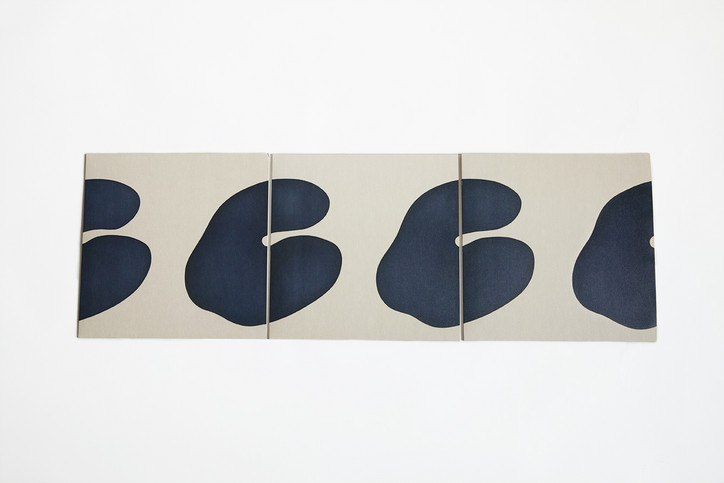
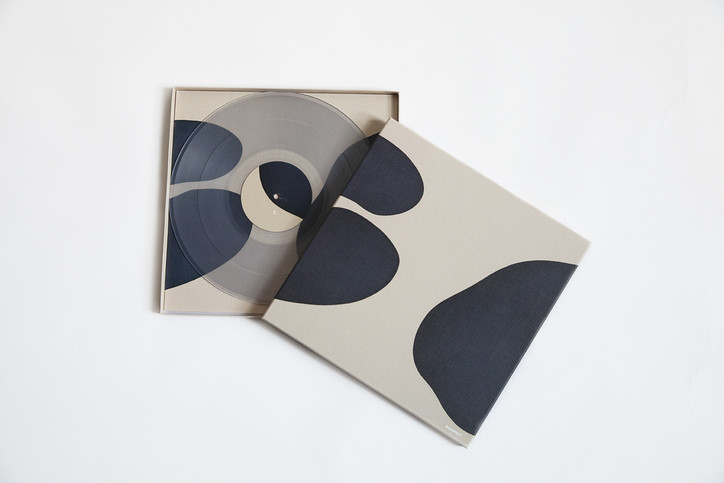
'The Fifty Eleven Project' drops October 19 on Kompakt Records, and the installation will be on view from October 12 until October 21 in Copenhagen. More info here.
Lead photo by Dennis Morton; courtesy of the artist.
